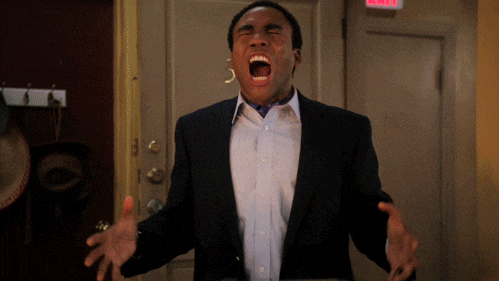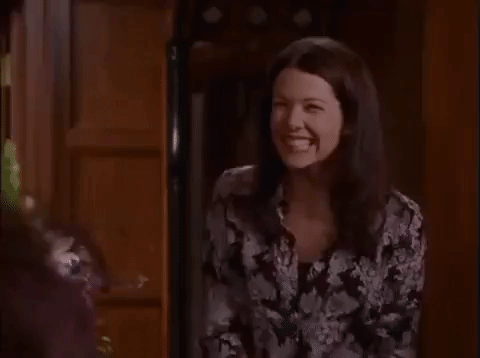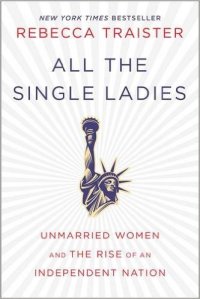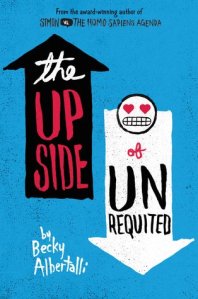NUMBER OF BOOKS READ: 11
NUMBER OF FEMALE AUTHORS VS MALE AUTHORS: Great month for ladies! 9 women (one who wrote two of my books), and 1 male.
NUMBER OF DIVERSE (non-American) SETTINGS: Two travel memoirs that take place all over the world, two fantasies, two set in Europe, and one set in a dystopian near-future America… does that count?
RATINGS SPREAD: Three 5-star; Two 4-star; Four 3-star; Two 2-star. Interesting spread.

WHAT I READ: A Court of Wings and Ruin (ACOTAR #3) Sarah J. Maas
WHY I READ IT: Duh.
WHAT I THOUGHT: *hearts for eyes* FOREVER.

WHAT I READ: Into the Water (Paula Hawkins)
WHY I READ IT: Hawkins wrote The Girl On The Train, which I did enjoy.
WHAT I THOUGHT: No, thank you. I generally love this style of book and it was one of the most boring and confusing thrillers I’ve ever read.

WHAT I READ: Windfall (Jennifer E. Smith)
WHY I READ IT: The author is actually friends with my roommate.
WHAT I THOUGHT: It was cute enough, but there was a lot that had me shaking my head and wishing the author had fleshed it out more.
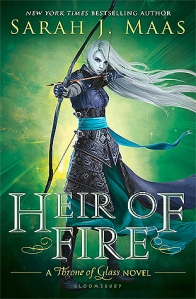
WHAT I READ: Heir of Fire (Throne of Glass #3), Sarah J. Maas
WHY I READ IT: Still trying to slug through one of my favorite’s authors beloved series…
WHAT I THOUGHT: I like it enough to read the next one, but I still don’t love it NEARLY as much as ACOTAR series. Sorry not sorry!

WHAT I READ: The Handmaid’s Tale (Margaret Atwood)
WHY I READ IT: I first read it 4 years ago (almost to the day, according to Goodreads) and decided to give it a re-read with the new Hulu show.
WHAT I THOUGHT: Worth the hype.

WHAT I READ: All Over The Place: Adventures in Travel, True Love, and Petty Theft (Geraldine DeRuiter)
WHY I READ IT: I’ve been a big fan of the author’s blog The Everywhereist for years.
WHAT I THOUGHT: Just what I wanted – a quick, breezy afternoon read, but utterly delightful, hilarious, and thoughtful.
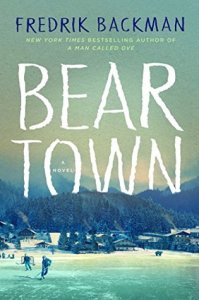
WHAT I READ: Beartown (Fredrik Backman)
WHY I READ IT: Backmann, the author of A Man Called Ove, is one of my favorite authors and an automatic read for me.
WHAT I THOUGHT: Utterly different from his other novels, no one would qualify this book as “feel good” or “whimsical.” Despite the challenging subject matter, I absolutely loved it and this was one of the best books I’ve read this year.

WHAT I READ: At Home In The World: Reflections on Belonging While Wandering the Globe (Tsh Oxenreider)
WHY I READ IT: I’m always interested in travel writing, particularly with this theme of the pull of being a homebody while also having wanderlust.
WHAT I THOUGHT: As a series of blog posts, I bet this would be great. As a novel with no central theme, it was an incredibly weak read.
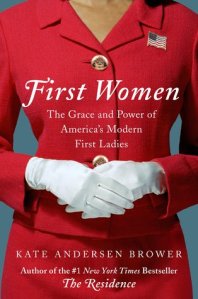
WHAT I READ: First Ladies (Kate Andersen Brower)
WHY I READ IT: The premise – exploring the lives of First Ladies from Jackie Kennedy to Michelle Obama – sounded interesting.
WHAT I THOUGHT: Interesting premise, uneven outcome. It was basically just a series of anecdotes.

WHAT I READ: The Hate U Give (Angie Thomas)
WHY I READ IT: It’s a very popular contemporary book inspired by the Black Lives Matter movement.
WHAT I THOUGHT: Far smarter people than me have written exhaustively about this book, but I will just say it sunk deep into my bones and I can’t stop thinking about it.

WHAT I READ: Who Thought This Was a Good Idea? and Other Questions You Should Have Answers To When You Work In The White House (Alyssa Mastromonaco)
WHY I READ IT: I heard the author interviewed on Pod Save America and was intrigued about a memoir written by a woman working in the Obama White House.
WHAT I THOUGHT: The title is terrible, but this was amusing enough to read over a quick two-day period.
